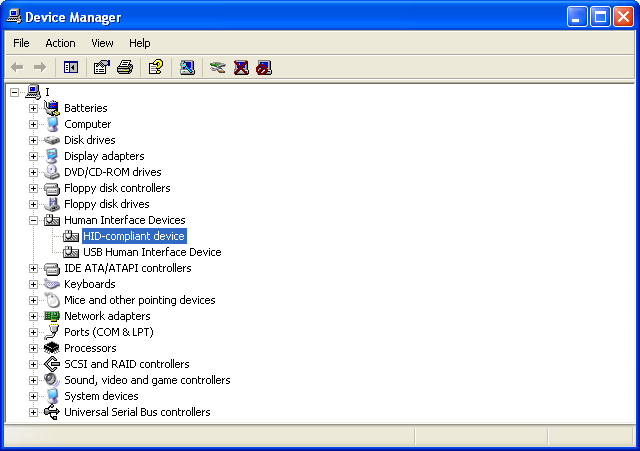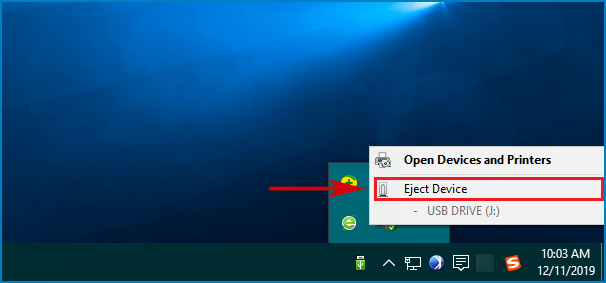

- XSCOPE INTERFACE CANNOT OPEN DEVICE WINDOWS 10 DRIVERS
- XSCOPE INTERFACE CANNOT OPEN DEVICE WINDOWS 10 DRIVER
XSCOPE INTERFACE CANNOT OPEN DEVICE WINDOWS 10 DRIVER
If the driver specified a reference string when it registered the device interface, the operating system includes the reference string in the file or device name that WdfFileObjectGetFileName returns. The driver can call WdfFileObjectGetFileName to obtain the name of the device or file that the application or kernel-mode component is accessing.

When an application or kernel-mode component requests access to a driver's device interface, the framework calls the driver's EvtDeviceFileCreate callback function. Receiving Requests to Access a Device Interface (Existing handles to the interface are not affected.) If the device later becomes available, the driver can call WdfDeviceSetDeviceInterfaceState or WdfDeviceSetDeviceInterfaceStateEx again to reenable the interfaces. For example, if a driver determines that its device has stopped responding, the driver can call WdfDeviceSetDeviceInterfaceState or WdfDeviceSetDeviceInterfaceStateEx to disable the device's interfaces and prohibit applications from obtaining new handles to the interface. The driver must call WdfDeviceSetDeviceInterfaceState or WdfDeviceSetDeviceInterfaceStateEx to enable such interfaces.Ī driver can disable and re-enable a device interface if necessary. Interfaces created after the device already starts won't be automatically enabled. To prevent the interface from being automatically enabled during PnP start, call WdfDeviceSetDeviceInterfaceStateEx (set the EnableInterface parameter to FALSE) for that interface. Note that any device power state changes or PnP resource rebalance does not change the interface's state. Enabling and Disabling a Device InterfaceĪfter a driver calls WdfDeviceCreateDeviceInterface from EVT_WDF_DRIVER_DEVICE_ADD, the framework automatically enables all of a device's interfaces when the device goes through PnP enumeration and disables the interfaces when the device undergoes PnP removal.
XSCOPE INTERFACE CANNOT OPEN DEVICE WINDOWS 10 DRIVERS
If the driver supports multiple instances of the interface, it can assign a unique reference string to each instance.Īfter the driver has registered a device interface, the driver can call WdfDeviceRetrieveDeviceInterfaceString to obtain the symbolic link name that the system has assigned to the device interface.įor information about other ways that drivers can register device interfaces, see Registering a Device Interface Class. To register an instance of a device interface class, a framework-based driver can call WdfDeviceCreateDeviceInterface from within its EvtDriverDeviceAdd callback function. For more information about device interface classes, see Overview of Device Interface Classes. One of the CD-ROM device's drivers would register an instance of the GUID_DEVINTERFACE_CDROM class to inform the system and applications that a CD-ROM device is available. For example, a driver stack for a CD-ROM device might provide an interface that belongs to the GUID_DEVINTERFACE_CDROM class.

For more information, see Enumerating installed device interfaces.Įach device interface belongs to a device interface class. To obtain a device interface's symbolic link name, the user-mode application can call configuration manager functions or SetupApi functions. A user-mode application can pass the interface's symbolic link name to an API element, such as the Microsoft Win32 CreateFile function. A device interface is a symbolic link to a Plug and Play (PnP) device that an application can use to access the device.


 0 kommentar(er)
0 kommentar(er)
